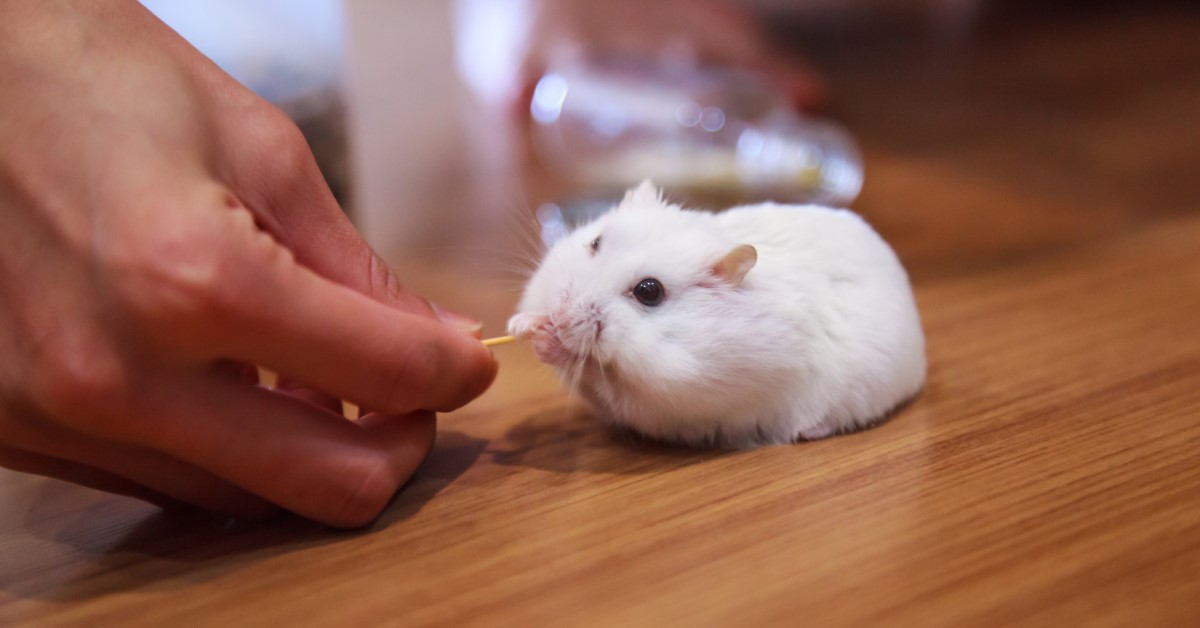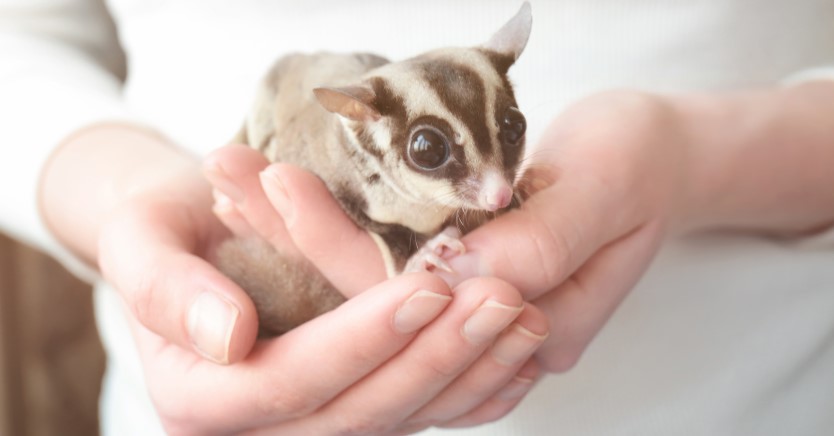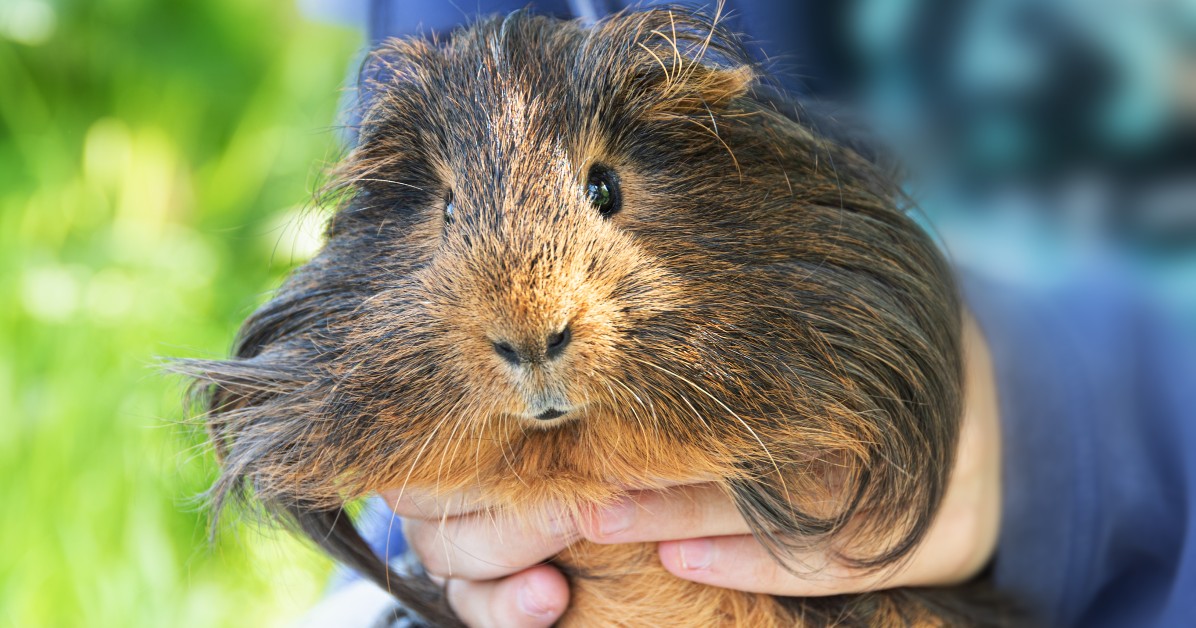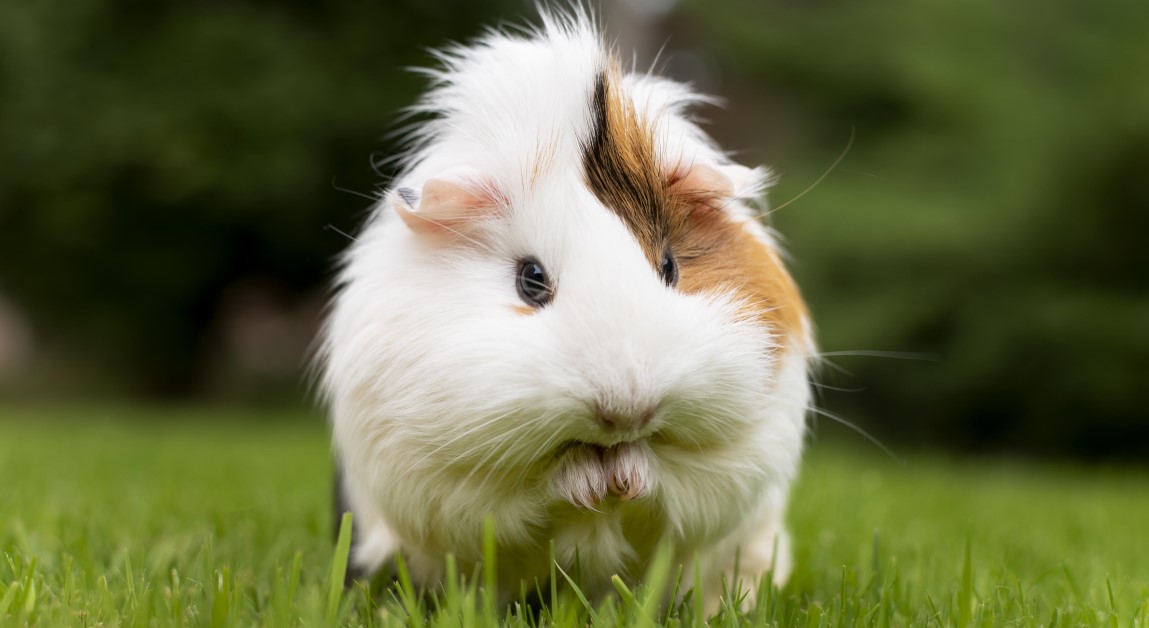Sweet and Playful: Caring for Your Pet Mouse
A mouse can be a wonderful pet -- once you know how to be a wonderful mouse owner.

People react to mice in various ways depending on the circumstances -- for instance, if you're a farmer or a restauranteur, you might have legitimate reason to see them as pests instead of pals. However, many people love these cute, friendly "pocket pets" and wish to adopt them as members of the family. Pet mice can provide lots of entertainment and companionship, especially for those who are pressed for space or might otherwise be unable to manage a larger animal.
Any kind of pet, including a pet mouse, will pose certain challenges for a prospective owner. Before you leap into mouse ownership, you must make the right preparations and arm yourself with the right knowledge to keep your mouse safe, happy and healthy. Here are some essential tips to get you started.
Providing the Right Environment
The first step in proper mouse care involves giving your new family member the right kind of home. An individual mouse should have an enclosure measuring 20 inches in length, 10 inches in width, and 12 inches in height. Walls made of horizontal wires will offer both good ventilation and a fun climbing option. To protect your mouse's feet, however, choose an enclosure with a solid floor.
The floor of the mouse's enclosure should have both bedding and nesting materials. Undyed paper shreds or aspen pieces will work well for the bedding. Common nesting materials include hay, paper towels, and or facial tissues.
Pay close attention to the spacing of your enclosure's wires. The smallest mice may squeeze through wires spaced too widely apart. A spacing of no wider than one-quarter inch should keep your mouse safely contained.
Your mouse will benefit from fun, interactive devices within its enclosure. Rodent-friendly chew toys can help keep its teeth from overgrowing. Ladders, PVC tubes, and a wooden hiding box can give your mouse plenty to do. You should also add a running wheel to provide your mouse a way to burn off excess energy while enjoying valuable exercise time.
Feeding Your Pet Mouse
Unlike some pets which must stick to a carnivorous or herbivorous diet, mice are omnivores, getting their nourishment from a wide range of food sources. 90 percent of your mouse's diet should consist of a pellet-based commercial food product that includes18 percent fiber, 16 percent protein, and just 4 percent fat. The remaining 10 percent can include such welcome treats as peas, broccoli, hay, cucumber, carrots, and apples or other fruits. But go easy on the fruit, since too much can trigger digestive upsets.
Water is just as critical for mouse health as food. Use a shallow, sturdy bowl made of material your mouse can't chew through. Change the water everyday, cleaning the bowl regularly to rid it of dangerous bacteria.
Interacting With Pet Mice
Since mice don't naturally interact with humans in the wild, you'll have to help your new pet get comfortable with the concept. Start by giving your mouse a reassuring environment. Speak to it in a quiet voice and take care not to startle it or wake it from a deep sleep. Build trust by offering treats from your hand. Once the mouse associates you with positive experiences, you can start positioning the treats higher up your arm until your friend is happily climbing up onto you.
Careful handling is crucial when dealing with small, fragile animals like a mouse. Never lift a mouse by its tail, a practice that can easily cause injury. Instead, focus on training it to step into your cupped hand. If you have children, make sure that they understand the dangers of handling a mouse incorrectly or carelessly. If they follow the same steps you did to get acquainted with the mouse, they can handle and interact with it just as safely as you do.
Understanding Mouse Health and Wellness Issues
You can take some basic steps to help protect your pet mouse's everyday wellness, especially in the hygiene department. Change the bedding once a week while wiping the enclosure down with a weak water-bleach solution. Change the nesting material once a month unless it's obviously filthy; mice aren't fond of frequent changes to their nests.
Despite your most conscientious efforts to keep your mouse well, these rodents can still develop health troubles from time to time. Mouse health issues can include obesity, digestive disorders, toxin ingestion, tumors, dental problems, heat stroke, malnutrition, respiratory diseases, hair loss, and pest or parasite infestations.
As a caring pet owner, you must stand ready to recognize and respond to these potential health challenges. Look for trouble signs such as diarrhea, obvious wounds, overgrown teeth, lumps, weight or appetite loss, a runny nose, a cough, and wheezing or sneezing. Take these signs as your cue to consult a veterinarian right away.
Choosing the Right Veterinarian
For both urgent and preventative care, your mouse will need a veterinarian who specializes in exotic pets -- a category that includes rodents and other small mammals as well as reptiles and birds. This specialist can identify and treat health issues while giving you ongoing advice about pet practices for responsible mouse care. You'll rest easier knowing that your little friend has everything it needs for a happy, healthy life!
Ready to start saving money on pet wellness care?
Then take a look at Mint Wellness, the pet wellness plan that provides fast reimbursement on routine pet care. Save on vaccinations, wellness exams, preventatives, dental, and more!
Learn More


